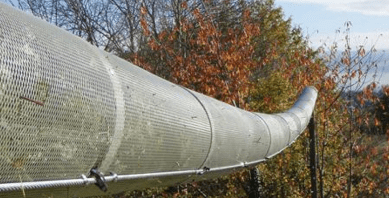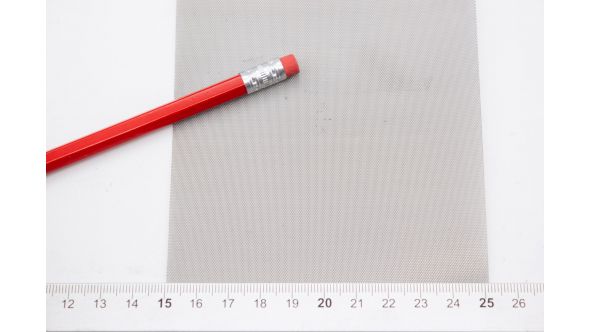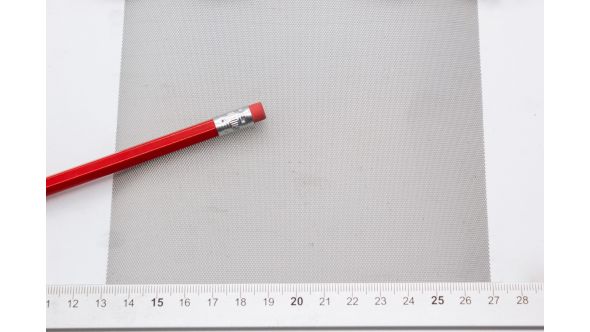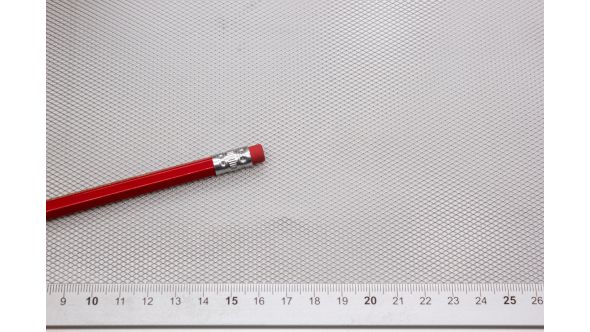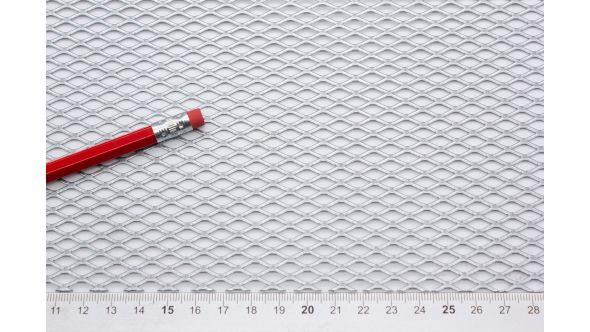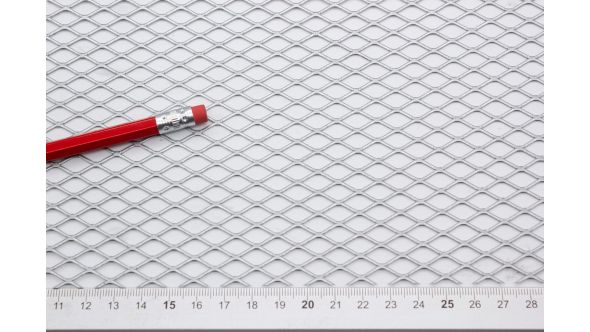The Expanded Metal Company were approached by Keystone Habitats to manufacture and supply the mesh required to create a dormouse bridge for Ward Homes.
Keystone Habitats was engaged to deliver a dormouse mitigation strategy covered by a European Protected Species (EPS) regulation. The company conducted extensive research on dormouse bridge creation before adapting previous designs to suit on-site circumstances. The bridge would provide connectivity between blocks of suitable habitat either side of a new road entrance at a housing development by Ward Homes in Maidstone, Kent.
Our expanded metal mesh was used to create the cylindrical sky bridge which was filled with leaves and natural foliage to encourage the dormice to use the route, rather than the busy motorway section below.
Keystone Habitats produced a mock-up of the sky bridge in its workshop to test the final design, which was approved by Highways and the County Ecologist, and was thereafter approved by Natural England’s EPS licensing team.
The project saw Keystone Habitats clear a section of hedgerow at the access road, in accordance with specific licence methodology, and the company conducted hedge laying along a 450 metre section of fragmented hedge line and introduced new whip planting to increase species diversity. Dormouse boxes were also installed in the existing woodland.
All work was delivered on time and on budget and mitigation measures, delivered on site, were signed off first time by the licensed ecologist.
It certainly was a novel way of using our expanded metal mesh in this custom design, but the expanded mesh design provides natural light and breathability, and is a surface that the dormouse can easily manoeuvre across.
Through providing an alternative travel route for the dormice, roadkill can be reduced and the genetic diversity of a range of species is enhanced.
You can find more details of our finer mesh here, or for other environmental and agricultural applications of our mesh explore the range here.







 GBP
GBP 